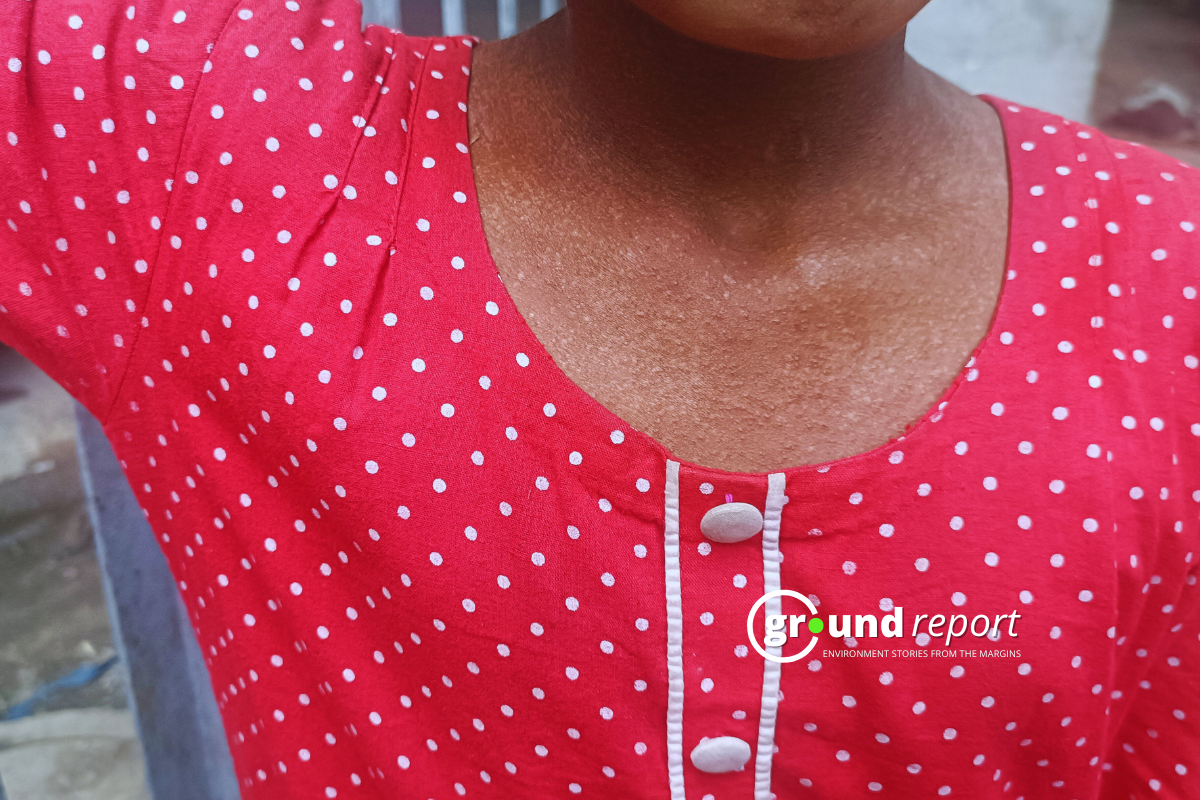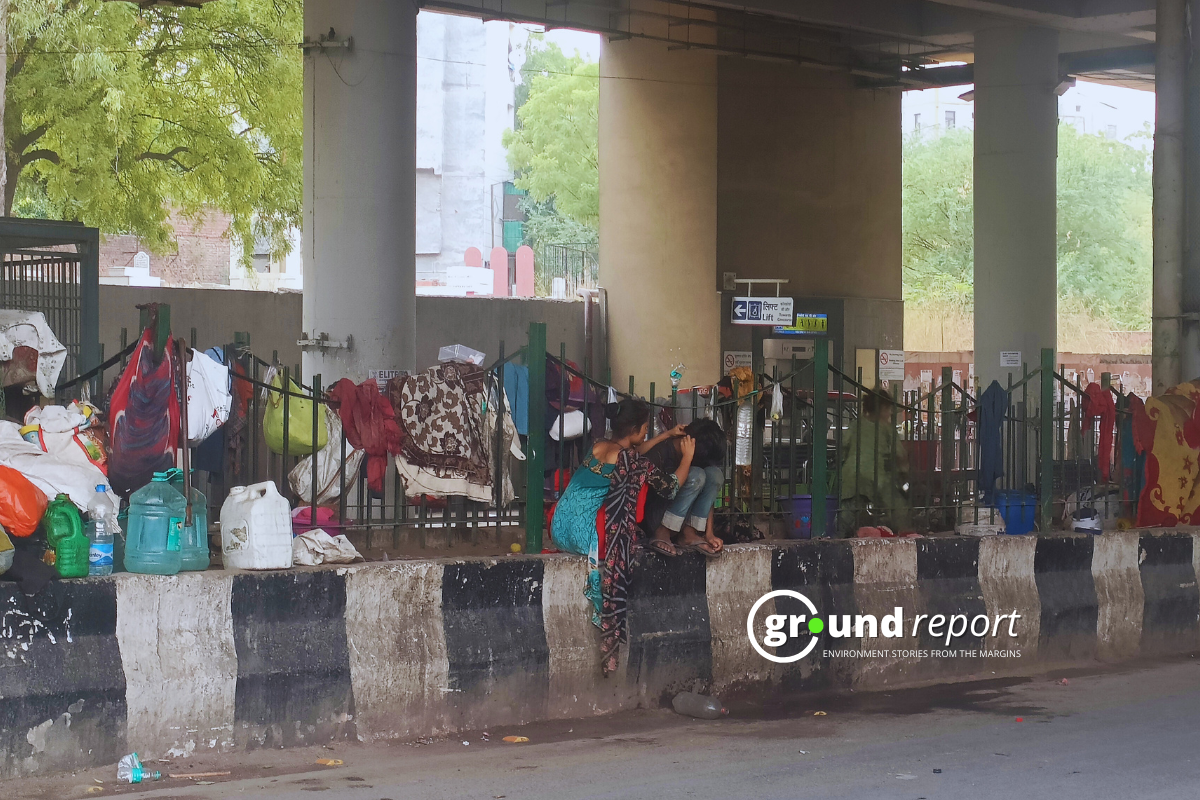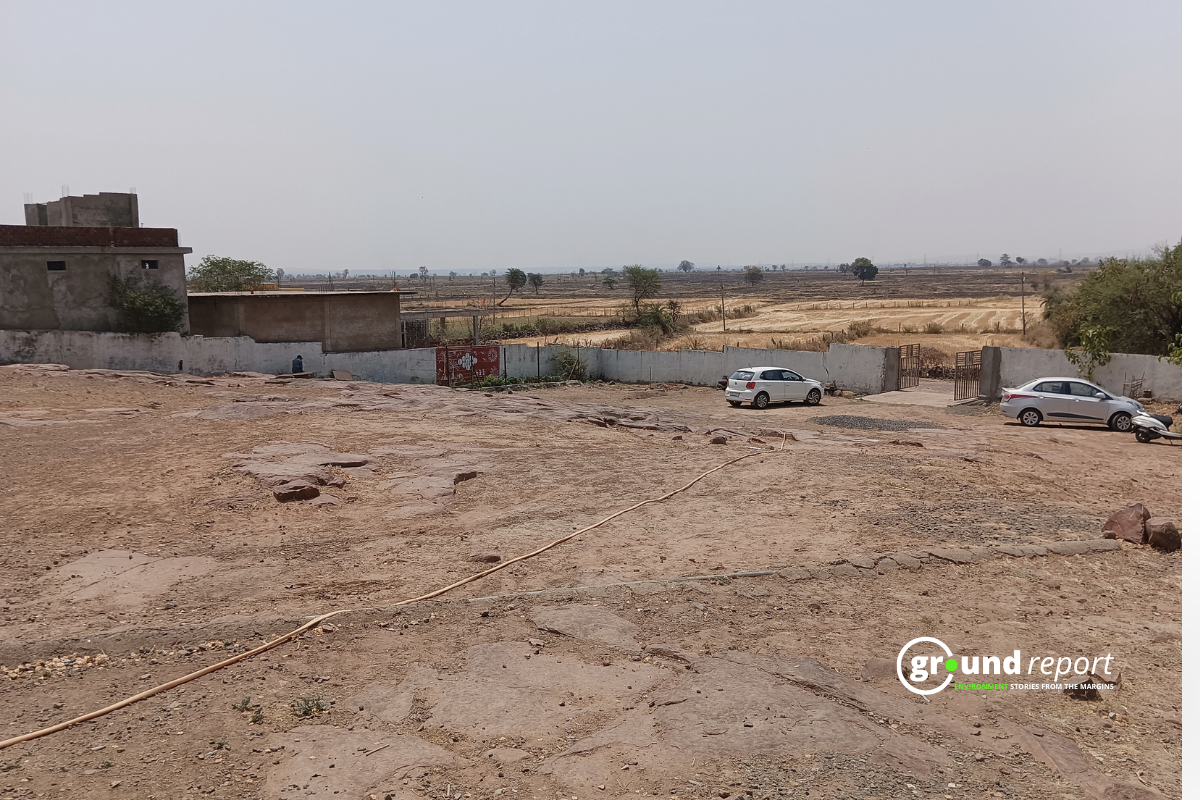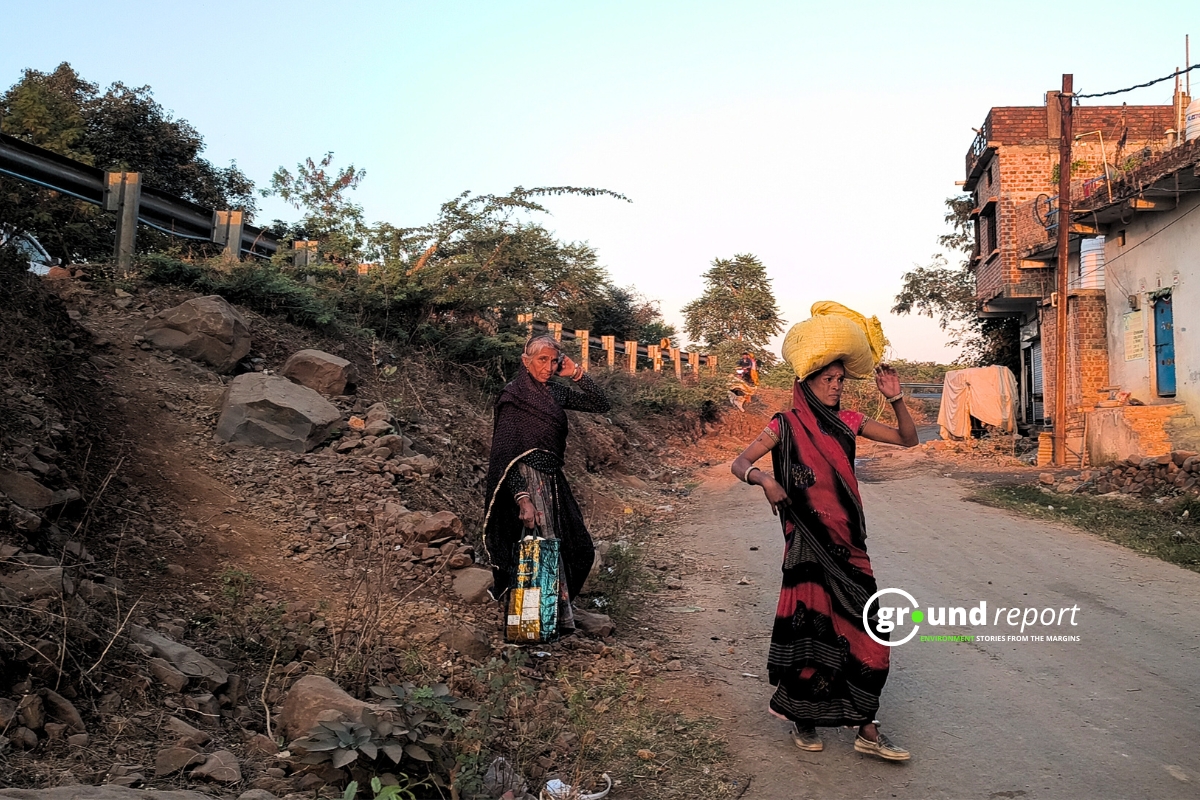According to data released by the non-profit organization Centre For Holistic Development (CHD), as many as 192 homeless people in Delhi died due to heatwaves that occurred between June 11th and June 19th. Furthermore, Saurabh Bharadwaj, Delhi’s health minister, stated on June 20th that heat stroke has claimed the lives of at least 14 individuals in the last 48 hours.
In Delhi, Dr. Ram Manohar Lohia Hospital opened a heat stroke clinic in late May, while in Noida the district hospital arranged 8-10 beds at the entrance corridor for the heatwave patients. Dr Ajay Chauhan, head of the heat stroke unit at Dr Ram Manohar Lohia Hospital, informed The Quint:
“The unit has been designed as per the national guidelines. What sets the heat stroke unit apart is that it contains dedicated beds, an ice maker, and immersion tubs specifically to treat heat stroke patients.”
A nurse from RML hospital informed Ground Report,
“For almost one week, we are witnessing a surge of heat wave patients every day which was never seen before.”
Pointing towards the emergency ward, which was filled with patients and their families, she informed me that most of the patients were related to heatwave illnesses.
Fear of Homeless
As the data shows, the majority of people who died due to heatwaves this month were homeless. Alia, an 11-year-old girl, lives on a footpath under the Jamia metro station with her family. Her body was covered with skin rashes developed due to extreme heat.

“She even fainted 5 days back and we had to splash cold water on her face to wake her up,” Her mother informed us.
The skin rashes were common for five other children near the metro station. They complained of itching and dizziness. Salim, a cobbler, had burn marks as he sat in sunlight daily for work. About the public shelter homes, he said,
“We will die sooner there. They are hot chambers, either filled with people or with no ventilation.”
Various reports claim that the Delhi Urban Shelter Improvement Board (DUSIB) shelters are not fit for heatwave relief.
The number of warm nights with minimum temperature — equivalent to night-time temperature — has increased critically throughout India over the last decade due to rising climatic impacts, a global study released on June 21 showed.
“If you see mostly homeless people face heatstroke or die at night after facing heatwaves all day. They don’t have any relief at night which makes their situation worse,” informed Dr. Mavalankar to Ground Report.

About 300 Indian cities with a population of more than 100,000 were included in the study. It was discovered that the frequency of hot nights has grown by approximately 32% on average as a result of climatic impacts.
More than heat stroke ward
“The people are not aware [of the preventive measures] and the government needs to make effective public service announcements and advertisements for awareness to find immediate solutions,” said Dr. Dileep Mavalankar, former director of the Indian Institute of Public Health Gandhinagar.
According to Abhiyant Tiwari, lead climate resilience and health consultant at National Research Development Corporation (NRDC) India, the hospitals still need advanced preparations. He said,
“We know that heatwaves are now a phenomenon… dedicated wards every summer are important. Private hospitals should be trained as well to combat the situation.”
One of the major issues Tiwari observed was that homeless people don’t even go to the hospital until something major happens. The most vulnerable population needs to be catered to differently with easier access to relief from the heat.
Cooling stations: An affordable solution
In America, the authorities are developing a network of cooling stations offering cold water bottles and air-conditioned spaces to help people avoid heat exhaustion and dehydration. According to the National Integrated Heat Health Information System of the U.S., more than 100 million people across 15 states were under heat alerts Wednesday. For India, Tiwari believes that cooling stations as heatwave relief shelters can be the best possible solution. The stations will help the homeless people who are most exposed to heat and heatwaves.
“We can easily implement the cooling station’s set-ups across the metro cities and even the 2-tier cities as it is cost-effective,” said Tiwari.
Mr. V. S. Fonia, Chief engineer, of the Delhi Urban Shelter Improvement Board (DUSIB) told Ground Report that the authority is planning to open more shelter homes in the capital city. However, he was not aware of the concept of cooling stations and was informed,
“This is not in conversation right now. But, we will work on it if we get any directions for it in the future.”
He says that the DUSIB also worked to rescue homeless people but many denied going to the shelter homes. On being asked about the reasons, there was not any clear answer.
“I believe the number [of deaths] reported is much less than the reality. Heat stroke is still an underlined reason and we need to register deaths in general more effectively to understand the causes,” added Dr. Mavalankar.
He also advised on regulating the death records, to understand the ratio of surge in relation of average deaths.
Keep Reading
Part 1: Cloudburst in Ganderbal’s Padabal village & unfulfilled promises
India braces for intense 2024 monsoon amid recent deadly weather trends
Support us to keep independent environmental journalism alive in India.
Follow Ground Report on X, Instagram and Facebook for environmental and underreported stories from the margins. Give us feedback on our email id greport2018@gmail.com.
Don’t forget to Subscribe to our weekly newsletter, Join our community on WhatsApp, and Follow our YouTube Channel for video stories.







